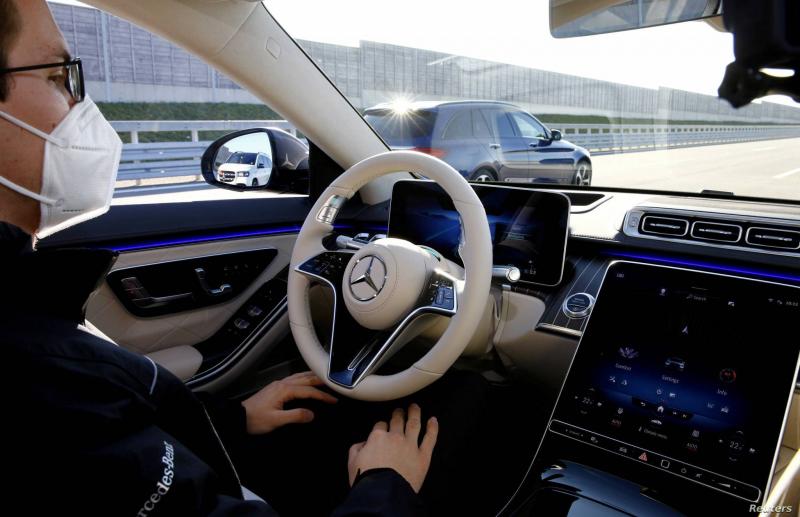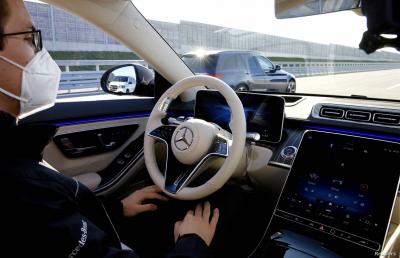Several automotive companies have begun to incorporate fifth generation (5G) connectivity technologies for services related to drivers and vehicles. The American newspaper "The Wall Street Journal" published a report on how some companies are exploring the potentials and benefits of 5G. The report discussed how Porsche is testing its electric sports cars, the "Taycan", at the Weissach test track in southwestern Germany to understand how integrated 5G technologies in vehicles enable data exchange. Porsche is one of several manufacturers collaborating with telecommunications companies to build "small local" 5G networks to experiment with this technology while developing new car models. High-speed networks are "new" to manufacturers, who are testing equipment designed for this purpose.
Expected uses of these networks include downloading navigation software updates, updating digital maps at higher speeds, and providing voice alerts to drivers about road conditions. Cars may also communicate with "smart infrastructure," such as traffic signals and buildings, allowing autonomous taxis, for example, to know that the stoplight at the next intersection is red. Vehicles may also communicate with each other, possibly to alert another car that a pedestrian is walking in a certain direction, or that there are some obstacles on the road.
Oliver Blume, CEO of Porsche, stated that the data collected from their experimental vehicles will assist in designing digital processors for autonomous vehicles and advanced driver assistance programs. High-speed communication networks align with the shift in technology usage in new cars; previously, cars contained dozens of digital processors with embedded software controlling individual functions, such as lights or engine controls or windows. Unlike smartphones or computers, which can continuously update their software with new features and functions, the software in these processors cannot be updated until the next generation of the car with new parts is released.
However, in 2012, Tesla launched the Model S electric vehicle that does not have these processors with embedded software but instead features a central computer that can continuously update its operating software online, completely changing the "model" of car design, according to the newspaper. Software updates allow car manufacturers to continuously enhance the vehicle and provide on-demand features to drivers, such as a heated steering wheel in winter or additional horsepower from the electric motor.
Similar to smartphones, cars will also be equipped for internet connectivity. By 2025, analysts estimate there will be 100 million internet-connected cars on the road globally. Porsche is working with Vodafone to develop a 5G network for cars, while General Motors is collaborating with AT&T and announced plans to launch 5G technology in selected car models in 2024. General Motors stated that drivers could use 5G technology to download music, videos, various maps for navigation services, and car software updates at higher speeds.
The report mentioned similar projects being developed between Stellantis and Hon Hai, and Toyota and Nippon, to build high-speed data networks specifically for vehicles. Toyota envisions a range of applications for 5G networks, including online software updates and remote monitoring of autonomous vehicles, which could allow anyone to control the car remotely, as well as multimedia applications inside the car.
Michael Hafner, responsible for the development of Mercedes-Benz's core vehicle operating system, called MB.OS, noted that Mercedes already offers online warning services in some models, such as alerting other drivers about a pothole or accident ahead. Hafner criticized fast communication networks, stating that "the alert time is so fast that 5G won't make a significant difference." The report concludes that with 5G technology, cars could be interconnected and communicate directly, allowing one car to warn others of immediate dangers on the road ahead.




